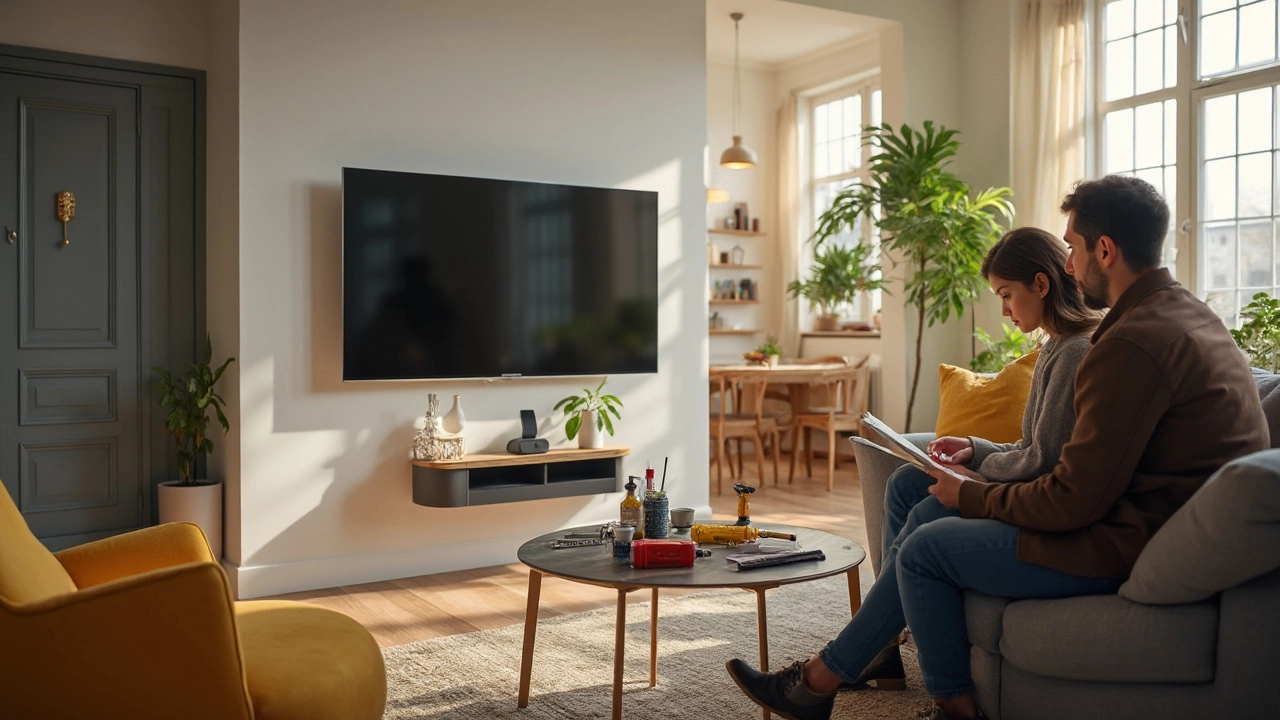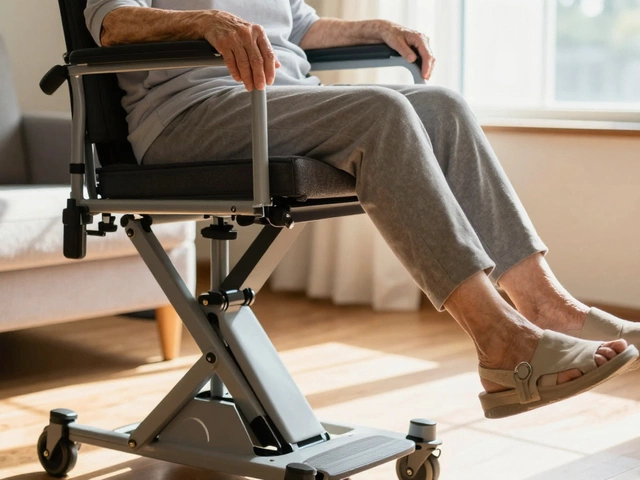TV Support Options: How to Choose the Right Stand, Mount, and Height
If you’ve just bought a new screen, the first question is how to support it. Do you need a sturdy stand, a sleek wall mount, or something in between? The right choice keeps your TV safe, looks good, and makes watching comfortable.
Start by measuring your TV’s width and weight. Most manufacturers list these specs, and they are the baseline for any support. A stand that’s too narrow can tip over, while a mount rated for a lighter screen may fail. Write down the numbers before you head to the store.
Stand vs. Wall Mount: Pros and Cons
A floor stand is the easiest plug‑and‑play solution. No drilling, no studs, and you can move it whenever you want. This is perfect for renters or anyone who likes flexibility. The downside is that it takes up floor space and can look bulky in a small room.
Wall mounts free up floor space and give a clean, modern look. They also let you set the screen at eye level, which reduces neck strain. The trade‑off is installation work – you’ll need a stud finder, a drill, and a bit of confidence. If you’re unsure, ask a friend or hire a pro.
Another factor is storage. Some stands come with shelves for consoles, speakers, or décor. If you have a lot of gear, a stand can hide cables and keep everything tidy. Mounts usually need a separate media console, which adds cost but offers more design freedom.
Getting the Height and Size Right
Eye level is the gold standard. Sit on your couch, look straight ahead, and note the height from the floor to your eyes – that’s where the TV’s center should sit. For a 55‑inch screen, that often means mounting the bottom about 30‑40 inches off the floor, but exact numbers vary with chair height.
When you buy a stand, check the recommended length. A good rule is that the stand should be at least a few inches wider than the TV. This protects the edges and gives a balanced look. For a 65‑inch TV, a stand around 60‑70 inches wide works well.
Don’t forget clearance for cables and ventilation. A stand with a built‑in cable channel keeps cords hidden and airflow good. With a wall mount, leave a gap of a few centimeters behind the TV to avoid overheating.
Safety matters. Make sure any mount is securely anchored to wall studs, not just drywall. Use a level during installation – a tilted screen hurts your neck and looks cheap. If you have kids or pets, consider a mount with a locking mechanism.
Finally, think about future upgrades. Choose a stand or mount that can handle a slightly larger or heavier TV. This avoids needing a new support in a few years and saves money in the long run.
In short, match the support to your room size, viewing habits, and budget. Measure twice, read the weight limits, and pick a solution that lets you enjoy your shows without worry.
Now you’ve got the basics, go ahead and pick the perfect TV support. Your new screen will look great, stay safe, and give you the best viewing experience.
What to Do If Your TV Doesn't Have a Stand: Quick Solutions & Creative Fixes
Not every TV comes with a stand, and sometimes stands get lost or break. This article lays out real options for setting up your TV when you don’t have its original stand. Learn about safe, practical choices you can try right away, from wall mounting to creative DIY hacks. Find out what not to do so your TV stays secure and upright. Perfect if you need a fix right now or want long-term solutions.







